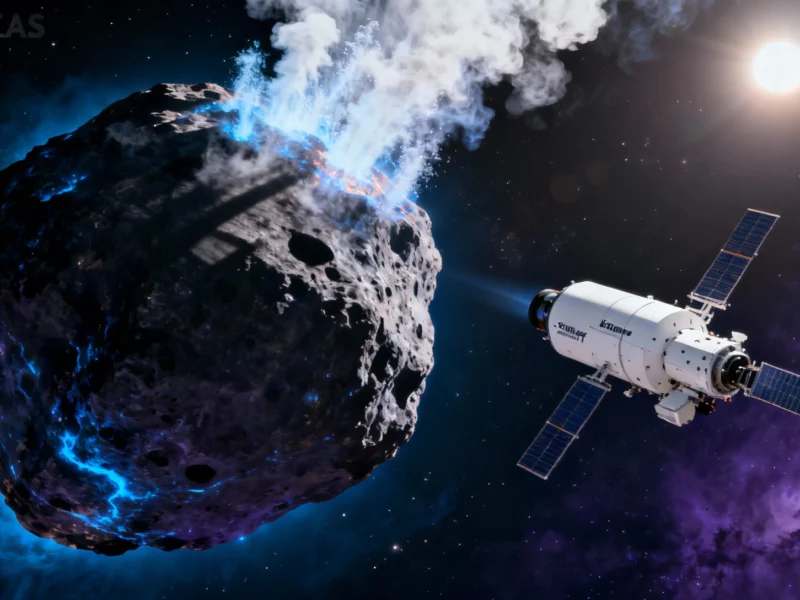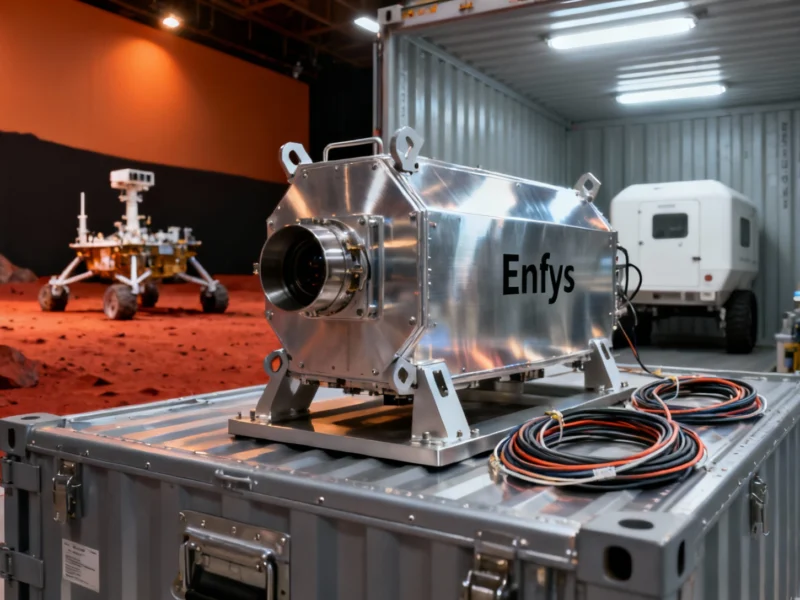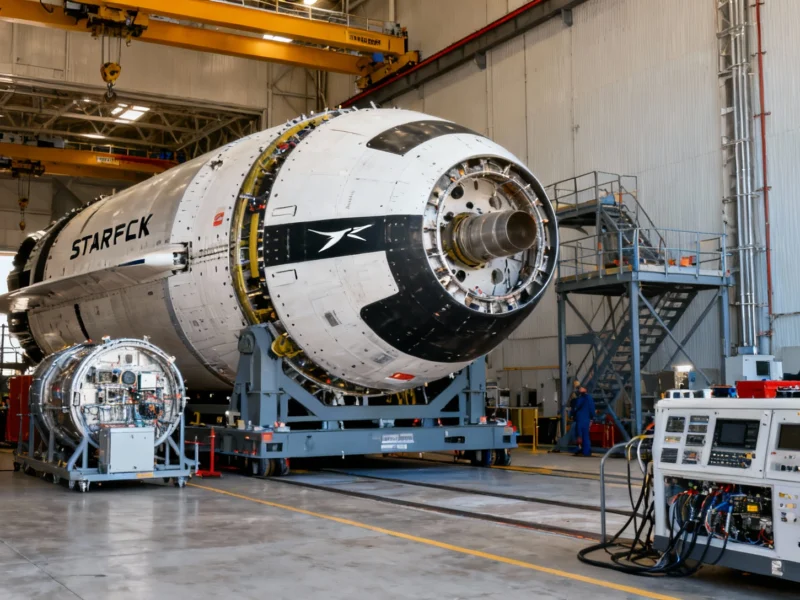In a groundbreaking discovery that challenges our understanding of celestial bodies, interstellar comet 3I/ATLAS has been observed releasing water vapor at rates comparable to a fully opened fire hydrant. This remarkable finding, made possible by NASA’s space-based observatory, provides unprecedented insights into the composition and behavior of objects originating beyond our solar system while offering new perspectives on the universal presence of water in cosmic formations.
The Interstellar Visitor Revealing Cosmic Secrets
Comet 3I/ATLAS represents only the third confirmed interstellar object ever detected passing through our solar system, following the mysterious ‘Oumuamua in 2017 and comet Borisov in 2019. What makes this particular visitor extraordinary is its unexpected behavior at vast distances from the sun, where conventional solar system comets typically remain frozen and inactive. The discovery team from Auburn University, using the specialized capabilities of the Neil Gehrels Swift Observatory, detected hydroxyl emissions indicating active water release when the comet was positioned more than three times Earth’s distance from the sun.
Revolutionary Detection Methods and Technology
The research team faced significant technological challenges in detecting the comet’s water signature. Hydroxyl compounds produce distinctive ultraviolet signatures that are largely blocked by Earth’s atmosphere, making ground-based observations ineffective. The solution came through utilizing the space-based Neil Gehrels Swift Observatory, which operates free from atmospheric interference and can detect the specific ultraviolet wavelengths that indicate water presence. This advanced detection method, detailed in the study published in The Astrophysical Journal Letters, represents a significant advancement in our ability to study interstellar objects.
Water’s Universal Presence and Astrobiological Significance
The detection of water on 3I/ATLAS carries profound implications for understanding the distribution of life’s essential ingredients throughout the galaxy. As physicist Dennis Bodewits noted in the official press release, “When we detect water from an interstellar comet, we’re reading a note from another planetary system.” This discovery suggests that the chemical components necessary for life may be common throughout the universe, not unique to our solar system. The presence of water on this interstellar visitor aligns with observations of numerous comets within our solar system, though the extraordinary release rate sets 3I/ATLAS apart as particularly significant.
Unprecedented Water Release Patterns
What makes 3I/ATLAS truly extraordinary is the volume and timing of its water emissions. While typical solar system comets only begin releasing water when much closer to the sun, this interstellar object was already emitting approximately 40 kilograms of water per second at distances where temperatures normally keep cometary ice completely frozen. This emission rate, compared by researchers to a “hydrant at maximum power,” suggests fundamentally different structural properties or composition compared to native solar system comets. The phenomenon has been further documented by additional observations from NASA and ESA spacecraft monitoring comet activity throughout the solar system.
Structural Mysteries and Formation Theories
The unexpected water release pattern points toward a complex internal structure that differs significantly from typical solar system comets. Researchers hypothesize that the comet may be shedding tiny ice fragments from its nucleus, which then vaporize when exposed to sunlight, creating the observed gaseous cloud. This mechanism has been observed in only a handful of extremely distant solar system comets, suggesting that 3I/ATLAS might share formation processes with these rare objects. As detailed in scientific coverage of the discovery, this behavior challenges existing models of how comets form and evolve around stars.
Comparative Analysis of Interstellar Objects
The three known interstellar visitors each present unique characteristics that collectively expand our understanding of cosmic diversity. While ‘Oumuamua appeared completely dry and Borisov contained abundant carbon monoxide, 3I/ATLAS demonstrates vigorous water activity under unexpected conditions. As researcher Zexi Xing emphasized, “Each interstellar comet is rewriting what we thought we knew about how planets and comets form around stars.” This comparative analysis, supported by ongoing NASA comet research, suggests that planetary systems throughout the galaxy may produce comets with dramatically different properties and behaviors.
Scientific Implications and Future Research Directions
The discovery has far-reaching implications for multiple fields of astronomy and planetary science. The detection method using ultraviolet signatures opens new possibilities for studying distant objects, while the water release mechanism suggests we need to revise our understanding of comet thermodynamics. Future research will focus on determining whether this behavior represents a common characteristic of interstellar comets or a unique feature of 3I/ATLAS. The findings also contribute to broader astronomical studies, similar to those covered by various scientific news organizations tracking cosmic discoveries.
Broader Context in Cosmic Exploration
This discovery occurs within a rapidly evolving field of interstellar object studies, where each new finding builds upon previous observations while challenging established theories. The significant public and scientific interest in these findings reflects growing recognition of their importance, much like the attention given to other groundbreaking discoveries across different scientific domains. As detection methods improve and more interstellar objects are identified, researchers anticipate that 3I/ATLAS will be remembered as a pivotal discovery that expanded our understanding of water distribution and comet behavior throughout the cosmos.
The ongoing study of 3I/ATLAS continues to yield valuable data about the fundamental processes governing celestial bodies across different star systems. As monitoring technology advances and more interstellar visitors are detected, each new discovery brings us closer to understanding our place in a universe filled with diverse and surprising cosmic objects.


